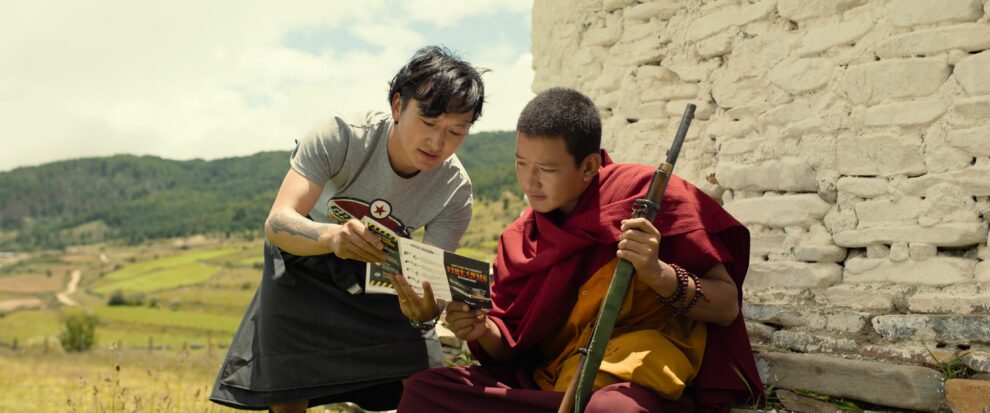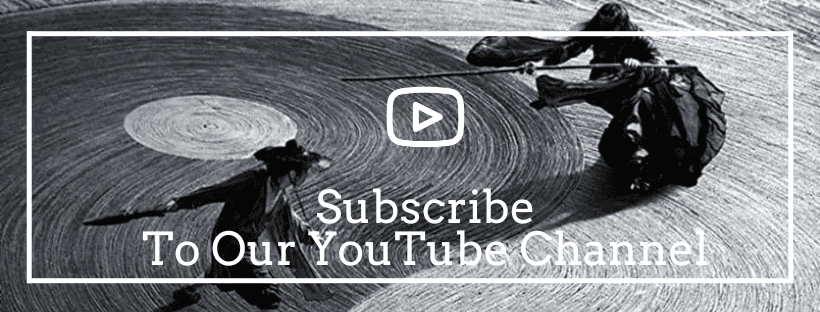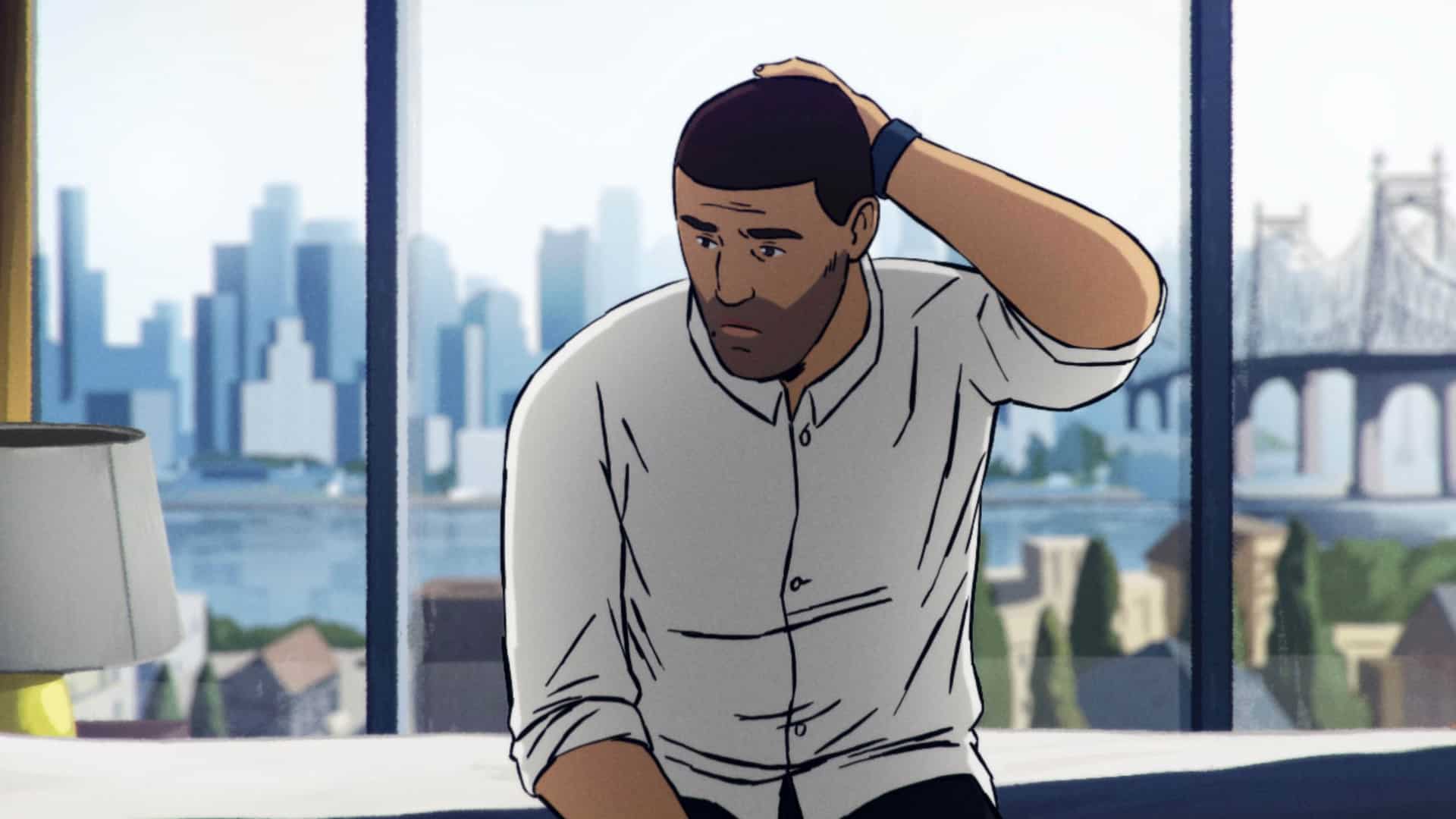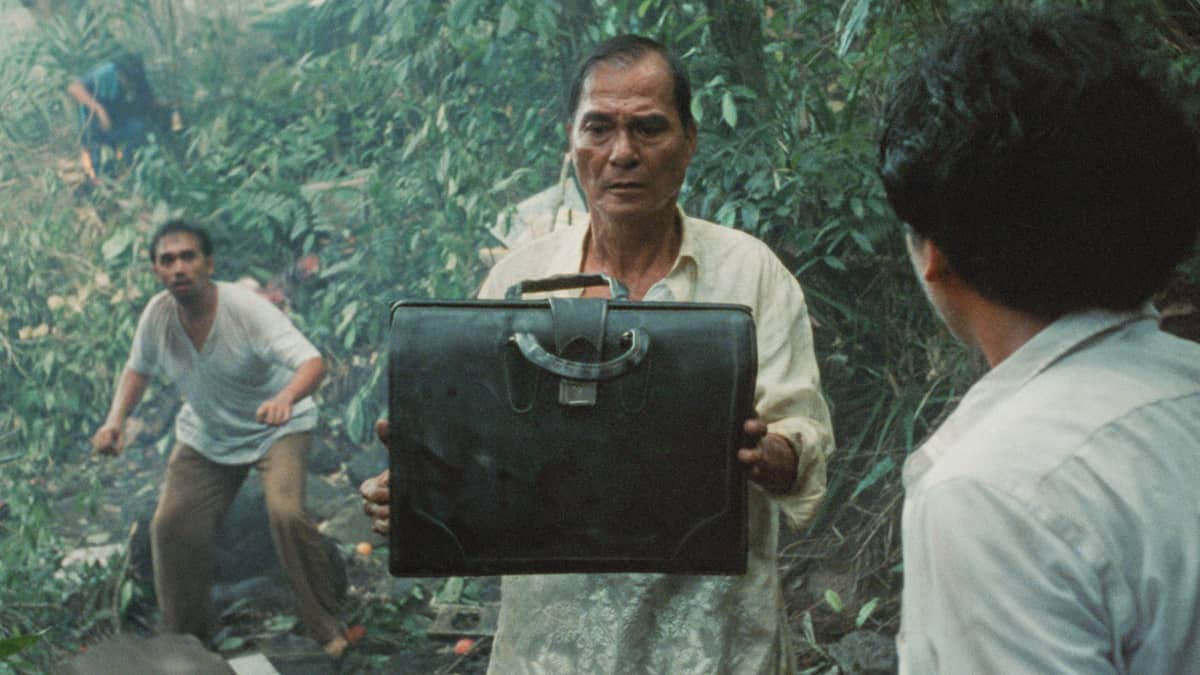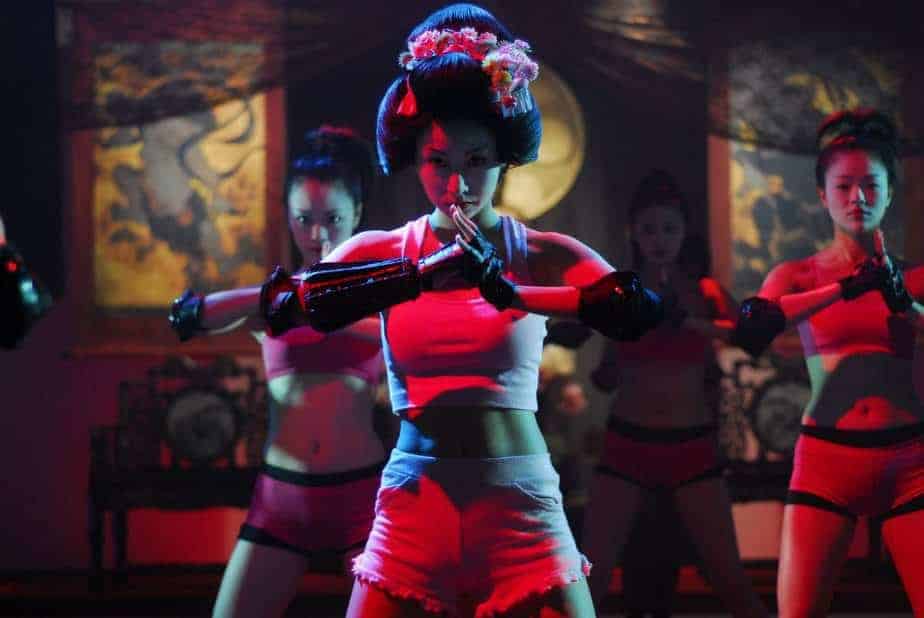After his first success “Lunana: A Yak in the Classroom,” Oscar nominee Pawo Choyning Dorji's second feature-length fiction film is a likable, if not overwhelming, comedy. While his directorial debut was nominated for Best International Feature Film at the 2021 Academy Awards, the first Bhutanese movie to be so recognized, Dorji's second production is also making its way around the world, including being nominated for the next Academy Awards in the Best Foreign Film category.
The Monk and the Gun is currently screening on cinemas, courtesy of Roadside Attractions
Kingdom of Bhutan, 2006. Bhutan becomes the last country in the world to connect to the Internet and television, and now the biggest change of all: democracy. To teach the people how to vote, the authorities organize a mock election in which the locals show their inexperience and lack of conviction. Traveling to rural Bhutan, where religion is more popular than politics, the election supervisor (Deki Lhamo) discovers that a monk is planning a mysterious event for election day.
Indeed, in the town of Ura, an old lama (Kelsang Choejey), recognizing the extraordinary change about to sweep his country, instructs his young disciple Tashi (Tandin Wangchuk) to bring him two guns before the full moon to, in his words, “set it right”. Wondering what his master's plans are, Tashi comes upon an old rifle being pursued by an American gun collector (Harry Einhorn), and, unaware of the price of the relic, brings it back to his master. Meanwhile, the gun collector tries everything in his power to recover the valuable weapon from the monk before the mysterious event the old lama is planning.
The special context of Bhutan's first democratic election provides the backdrop for a multi-layered comedy in which several narrative strands are intertwined by misunderstandings. Citizens must be instructed on how to vote, which leads to several amusing scenes of neighbors who once got along, being pitted against each other. The movie isn't hectic and maintains a certain laziness, but it's a bright, light-hearted comedy.
Remoteness and inaccessibility are a constant theme in both of the director's films. “Lunana” was shot in the actual village of Lunana, one of the most remote human settlements in the world. In “The Monk and the Gun”, it's the disconnection of all of Bhutan that's at stake. The quiet pace of life in rural Bhutan comes into figurative conflict with the imperatives of the election calendar and an arms dealer's frantic race to find a relic before the police catch up with him. Much of the movie's humor is based on the many contrasts between the traditional, cultural and spiritual values of rural Bhutan and the modern, developing, accelerating and Western-centric tendencies of urban Bhutan. Ron and Tashi's meeting is a kind of archetypal encounter between a capitalist who thinks only in terms of price and a quiet monk for whom the far-fetched request of a lama overrides all imperatives.
Pawo Choyning Dorji wrote and directed this film as a political and social satire. Every comic situation reveals real underlying political tensions. Behind the anecdotal story of an arms dealer lies the problem of theft of relics, behind the drollery of the conflicts between election candidates is the image of a young girl who suffers the full brunt of the ostracism her father's political involvement provokes, behind the humor of the rural population's inability to understand the electoral system (which makes them look like idiots, let's be honest) is the immovability of traditional authority figures (king, monks, etc.), behind the arrival of television, James Bond productions and Coca-Cola, the impact of sudden exposure to foreign, violent, masculinist, capitalist images, etc. In truth, “The Monk and the gun” is less a movie with a message than a series of scripted occasions to create touching or comical situations.
Tandin Sonam and Deki Lhamo, who play Benji and Tshomo, are actors from the local Bhutanese film industry, and their performances are decent. In contrast, most of the actors are non-professionals, including the lama, played by Kelsang Choejey, the actual lama of the village. Their performances are honest and give a realistic feel to the movie.
The movie's strength lies in its script, but the scenes, often set outdoors in Bhutan's magnificent mountains, are a breath of fresh air. DOP Jigmé T. Tenzing delivers an image where contrasts highlight the beauty of the Bhutanese landscape.
In conclusion, Pawo Choyning Dorji deftly juggles distance and humor in this gentle fable, under which we can perceive a myriad of historical issues treated as filigree to a relatively harmless road trip.


